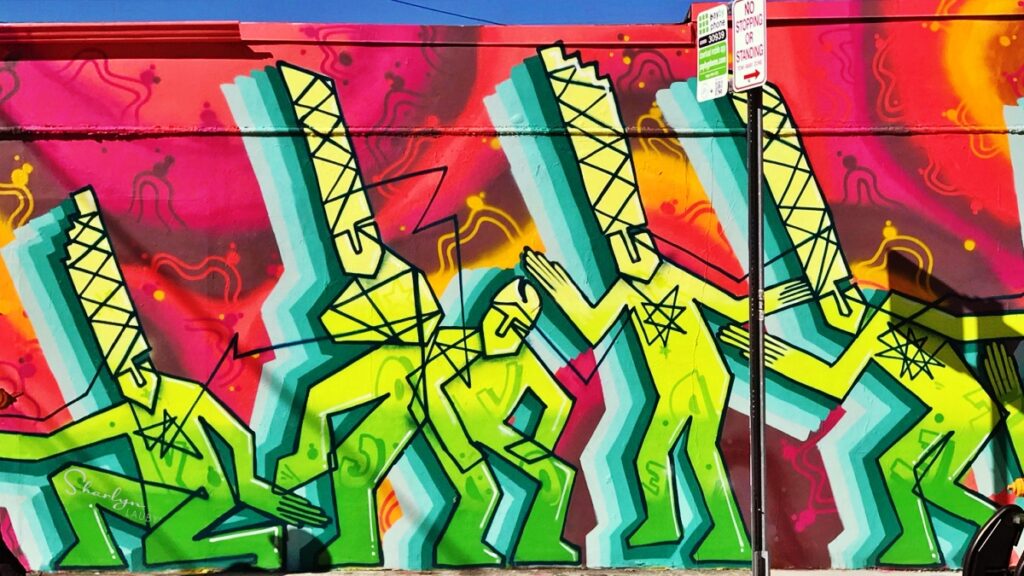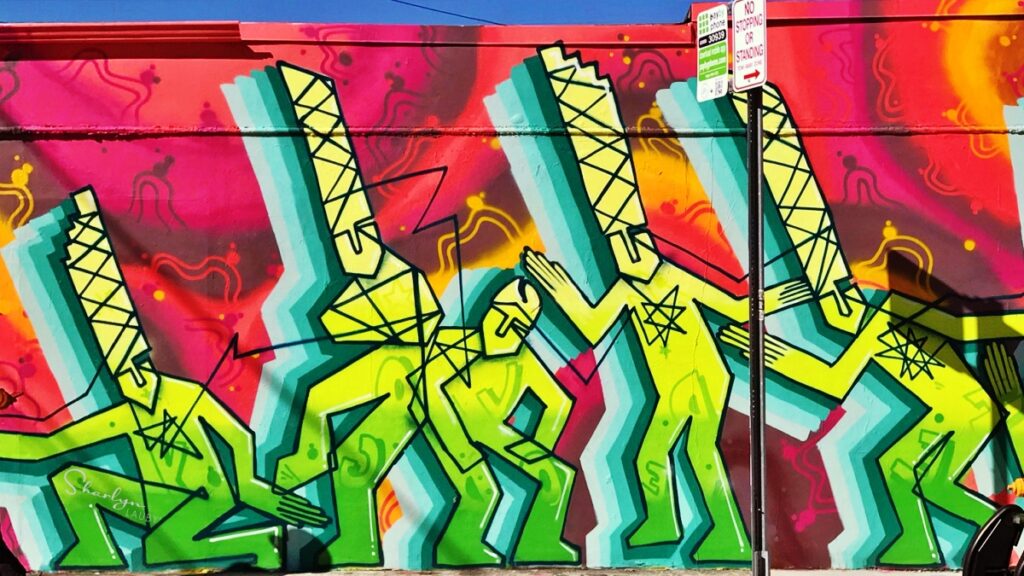Estimated reading time: 3 minutes
Over the past month or so, I’ve been sharing with you some predictions about what might happen with the incoming government administration. While we don’t know exactly what changes will be made, I think it’s safe to say that changes are coming. And when organizations make changes, that can often change how resources are allocated within the company.
Most organizations have already made their budgets for the year. During the budget process, departments pitch projects they would like to work on and what resources they need to be successful. If new or additional resources become available, there could be differing opinions about what to do with those resources. This often leads to internal conflicts.
The same is true with teams. Organizations might change or adjust the scope of a team’s work, and this means a reallocation of resources. Like the budgeting process, team members might have opinions about how those resources should be used and if there’s a lot of disagreement, it could result in team conflict. I wanted to share some resources today that organizations can use to help teams resolve their own conflicts.
Know the difference between team building and team development. Team building is focused on activities to clarify roles within teams. Team development is focused on providing individuals with the skills to be a good team member. Teams need both team building and development. It’s possible that the reason organizational teams struggle is because they haven’t been given the tools to work out conflicts on their own.
Understand team dynamics. When thinking about teams, it could be helpful to understand group dynamics. The Tuckman Model (forming, storming, norming, performing, adjourning) is a great way to look at the performance cycle of groups, what they experience, and how team leaders can help the group through conflict to achieve high performance.
Assign team members roles and responsibilities. Models like RACI (responsible, accountable, consult, inform) and MOCHA (manager, owner, consultant, helper, approver) can help teams assign responsibilities for tasks and keep individuals and teams accountable for results. Both models identify who will be ultimately accountable for a process as well as who to keep in the loop along the way. This can be helpful when groups have questions or challenges.
Teach team members problem solving and conflict management. One of the topics that every employee needs to know is how to solve problems and resolve conflicts. The Situation – Target – Proposal (STP) model can help teams identify the source of the problem or conflict and a path toward resolution. For example, if a group isn’t in agreement about the cause of a problem, they should reexamine the situation and facts for more information. This can help team members get on the same page.
I wanted to share these tools because often when teams face a difference of opinion, these tools can keep the differences from escalating into full-blown conflicts. Large scale team conflict is not good for the individuals or the organization. As a human resources professional, I’ve never enjoyed having to referee an internal disagreement or conflict. I think it’s safe to say that no one does. I will if I must … but it’s better when teams can come to a resolution on their own.
Team conflicts hurt working relationships and can impact organizational productivity. The answer is giving employees and team leaders the tools they need to handle conflicts when they arise.
Image captured by Sharlyn Lauby while exploring the Wynwood Art District in Miami, FL
The post How to Resolve Team Conflicts appeared first on hr bartender.










